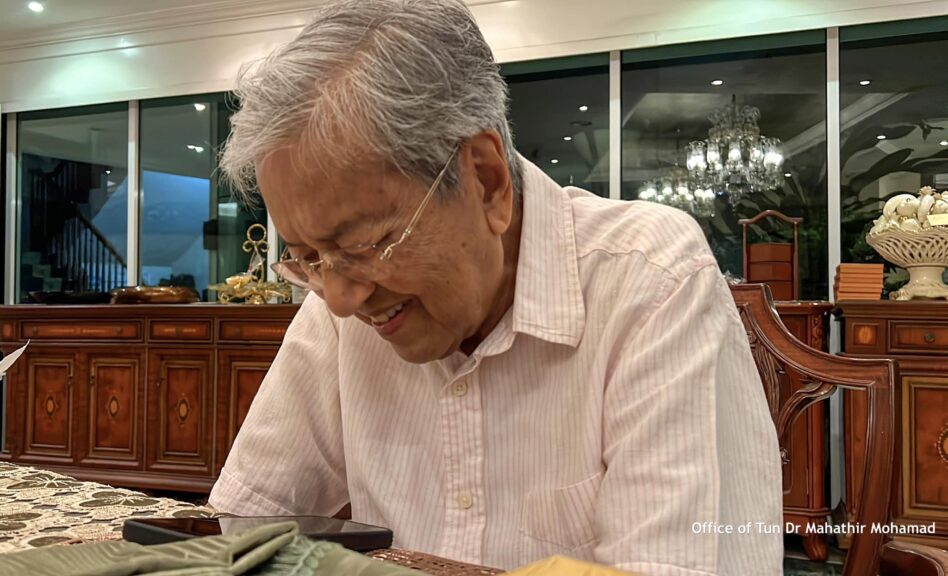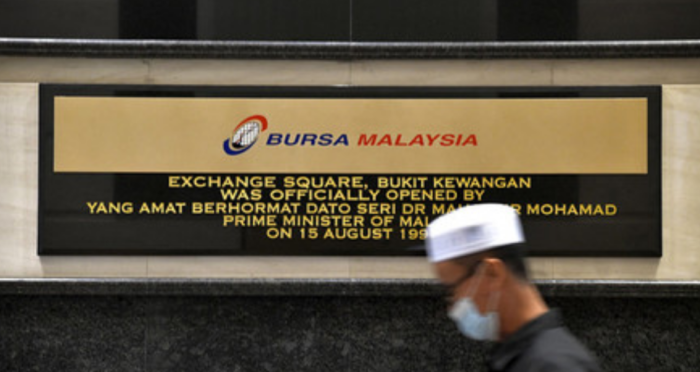WHICH Malaysian can even forget the significance of Aug 31, 1957? For those who lived through the by-gone era, the first thing they will remember is that it was a rainy morning.
However, no force of nature was going to dampen the spirits of our Royal Federation of Malaya Police band members from playing Negaraku as the official national anthem of the newly independent Federation of Malaya.
This is a song for every Malaysian today, to sing in unison, as it garners a myriad of feelings from love, admiration all the way to patriotism, despite everyone being divided by the powerful forces called time and space.
History has it that this song originated way back in the 1800s, from a French tune so loved on the Seychelles island, where Raja Abdullah, the then Sultan of Perak, was exiled after being charged over the murder of its first Resident, JWW Birch.
The poem entitled La Rosalie, telling of a female sitting by a window on rainy day, was played again and again in a haunting tune by a French band. It was a tune on everyone’s lips, which soon spread throughout the Malay Archipelago thanks to the bustling activities in the region, that was a layover for ships travelling to Singapore and the Far East.
Available sources contend to the historical narrative of the young Raja Mansor, son of Raja Abdullah, when he accompanied Sultan Idris as an aide-de-camp to Buckingham Palace for an event in 1888 at the invitation of Queen Victoria, alongside Hugh Low, who was the then-resident of Perak.
The Indonesian connection
When queried about the tune of Perak’s anthem by a British officer prior to their arrival in London, Mansor, too embarrassed to admit of a non-existing song, decided to hum La Rosalie on the pretext that he had left the song notes back home.
Needless to say, the moment this entourage reached the shores of Perak again, the song was declared as the state’s anthem, at the behest of the Sultan.
The decade ahead saw the tune developing into an unbelievable masterpiece. La Rosalie began to be known in this part of the region as Terang Boelan (Terang Bulan). Then it was rewritten with varying lyrics.
The song was used in films, during the extra-turn periods in bangsawan (nobility) opera performances as Stamboel Satoe by Indonesian performers. Eventually, the nobility-linked troupes like Wayang Kassim and Indra Zanzibar performed the song in Penang in 1900, during the play Nyai Dasimah.

In 1937, the legendary Indonesian songstress cum actress Miss Roekiah sang the song in a film, entitled Terang Boelan.
Fast forward to 1957, to the brink of the most important time in the history of Federation of Malaya, which was the country’s Independence. A national anthem is compulsory for this new country. Then Prime Minister Tunku Abdul Rahman wanted every citizen to sing a national song regardless of each and everyone’s background or ethnic origins.
Such a symbolic nation building effort is needed to foster a sense of national unity among the different segments in the society. A competition was held, in earnest, by the Information Ministry, for people from various walks of life to contribute their ideas of how this song should sound.
Lo and behold, Radio Malaya received a whopping 514 entries, all of which were played by the Band of the Royal Federation of Malaya Police and listened to by the national anthem committee, which Tunku himself sat on.
The Tunku and creation of national symbols
None however, had the specialty and composition an anthem should have. So, Tunku made specific instructions for the committee to revisit the Perak state anthem. Popular Indonesian-Malayan composer and songwriter Saiful Bahri penned the lyrics for this new anthem, specifically emphasising tanah tumpahnya darah ku part (the soil where I was born).
With the significant drum march beat added at the beginning, Negaraku was played for the first time at Padang Kelab Selangor, as announcers at Radio Malaya narrate every detail of the event, in tears, live through the radio.
Whilst song lyrics can have the ability to foster national unity; unfortunately, they can also create divisions in the society. Lyrics can reify tradition yet at the same create and construct invented ones.
A sense of nationalism can arise not only because of political movements but even more so from the power of emotions. Political movements must always be accompanied with symbols that have the capacity to engender the spirit of loyalty and feelings of belonging.
It must be understood that symbols of citizenship for and within a state can unite and at the same time, divide the society. Should there be a number in the society, significant enough to be disloyal and feel that the anthem serves only as a sign of oppression, then this is the group that would feel isolated.
Notwithstanding that, there will definitely still be groups of people who particularly feel that the national anthem is a symbol of unity, regardless. Lest we forget, there will also be the indigenous people who feel that they are being “othered” and hence do not feel they belong in the group loyal to the national anthem.

Nevertheless, national anthems are symbols that play a multivocal role. It is malleable to be appropriated to fit situations within which it should convey a desired meaning. The good news is however, time will always be in favour of nation builders who are rebranding the state over different time and space.
The love for a national anthem is not innate for any society; it has to be cultivated and anthems are not necessarily infused with qualities that make them accepted. Therefore, to have the citizens learn to accept and love the national anthem, it should be played repeatedly so people are constantly reminded of it.
As a result, they will gradually grow accustomed to it. As the anthem gains the acceptance of the public, the dissent of a minority group, should there be any, would not likely affect positive attachments to the state symbol. Those who insist on not respecting the anthem will only be labelled as traitors in the end.
Back to Independence, Negaraku was created among several other symbols deemed as important to create a national identity. The flag, (now called Jalur Gemilang as suggested by fourth Prime Minister Tun Dr Mahathir Mohamed in 1997), the Merdeka Stadium, the Parliament and the National Museum. The independent state needed visual symbols as a manifestation of it being on the world map, but more so, be heard!
Negaraku as it stands, remains the most celebrated and endeared symbol, heard and sung together in almost every other occasion as a symbol of love and respect for the country.
It is simultaneously the identity of Malaysia, short of saying, “Negaraku is Malaysia”. This was the song that came before any other patriotic song was composed for the country. Negaraku is the archetype of patriotic songs for Malaysia with lyrics that are inclusive and does not pander towards any ethnic groups in the state.
It has transcended time and space throughout the Malaysian history to remain relevant from the colonial era until today. It does not subject itself to any ethnic group and religious beliefs to remain the song that calls to us, “This is who we are, Malaysians”.
And we still choose to rise and stand up when it is played, as well as singing them together … and so shall we forever. – July 24, 2021.
[Photo credit (Miss Roekiah): WikiMedia]
[Photo credit (Saiful Bahri): Prebiu.com]
Shazlin Amir Hamzah is a research fellow at the Institute of Ethnic Studies, Universiti Kebangsaan Malaysia.
The views expressed are solely of the author and do not necessarily reflect those of Focus Malaysia.










